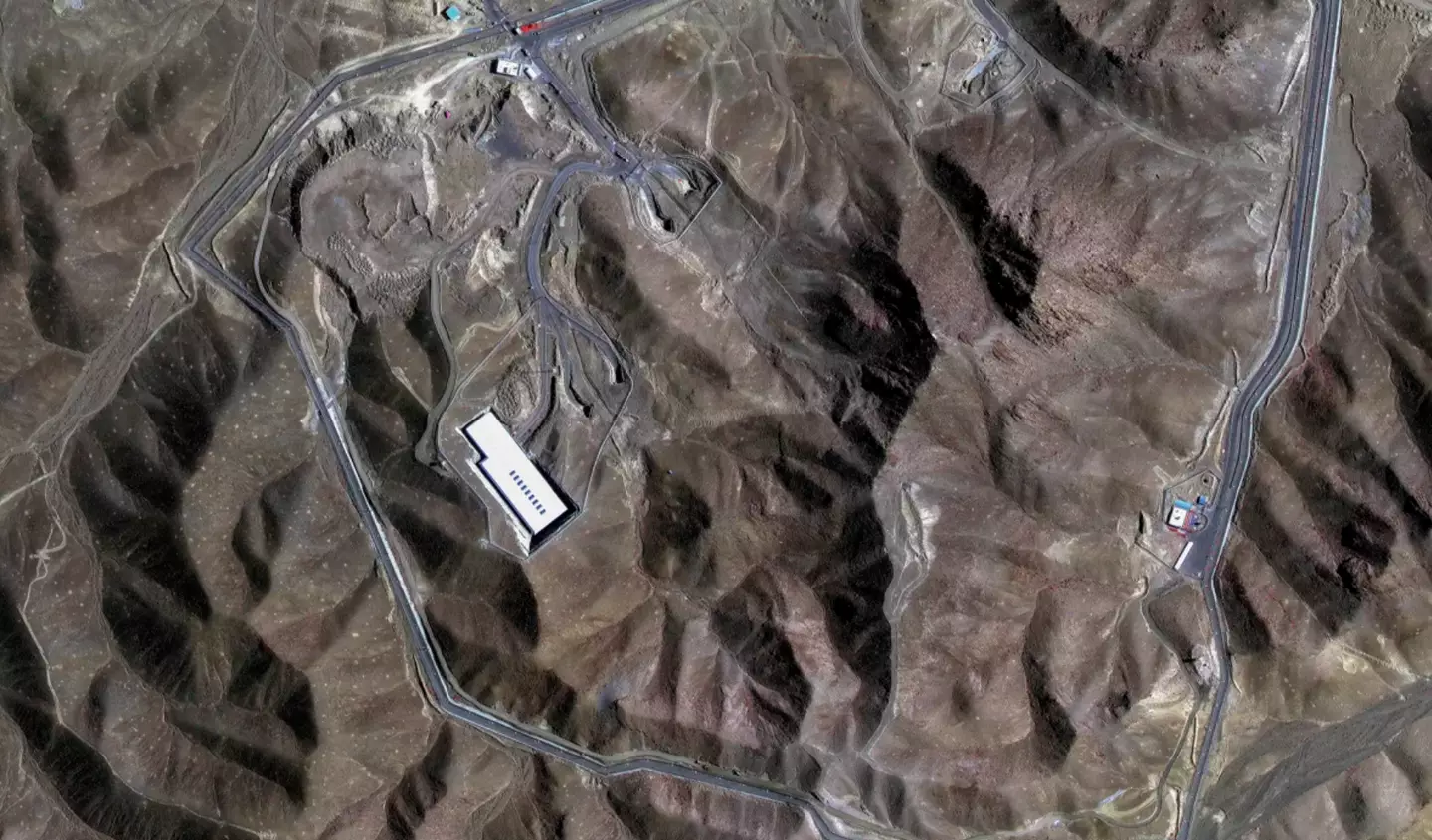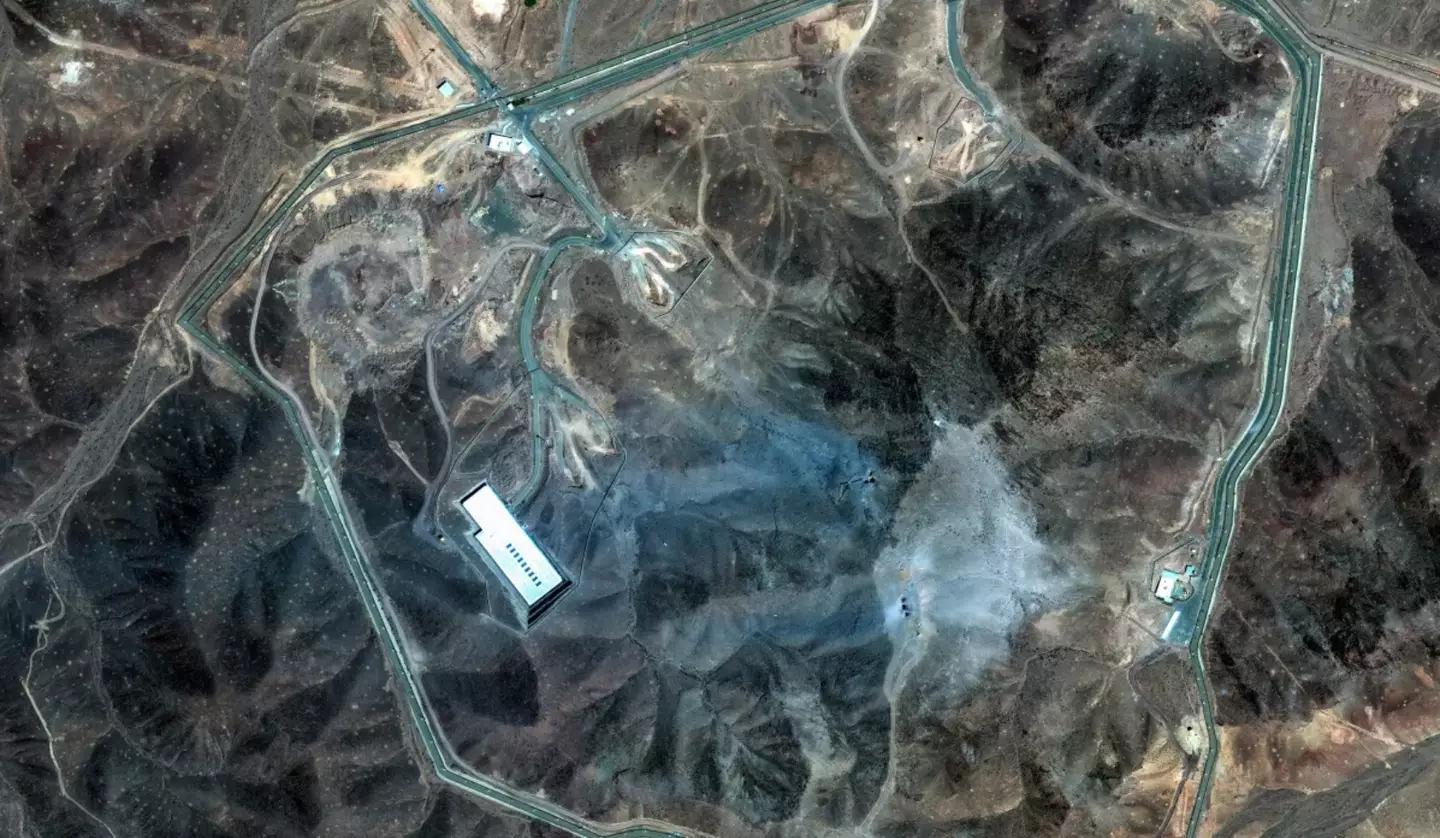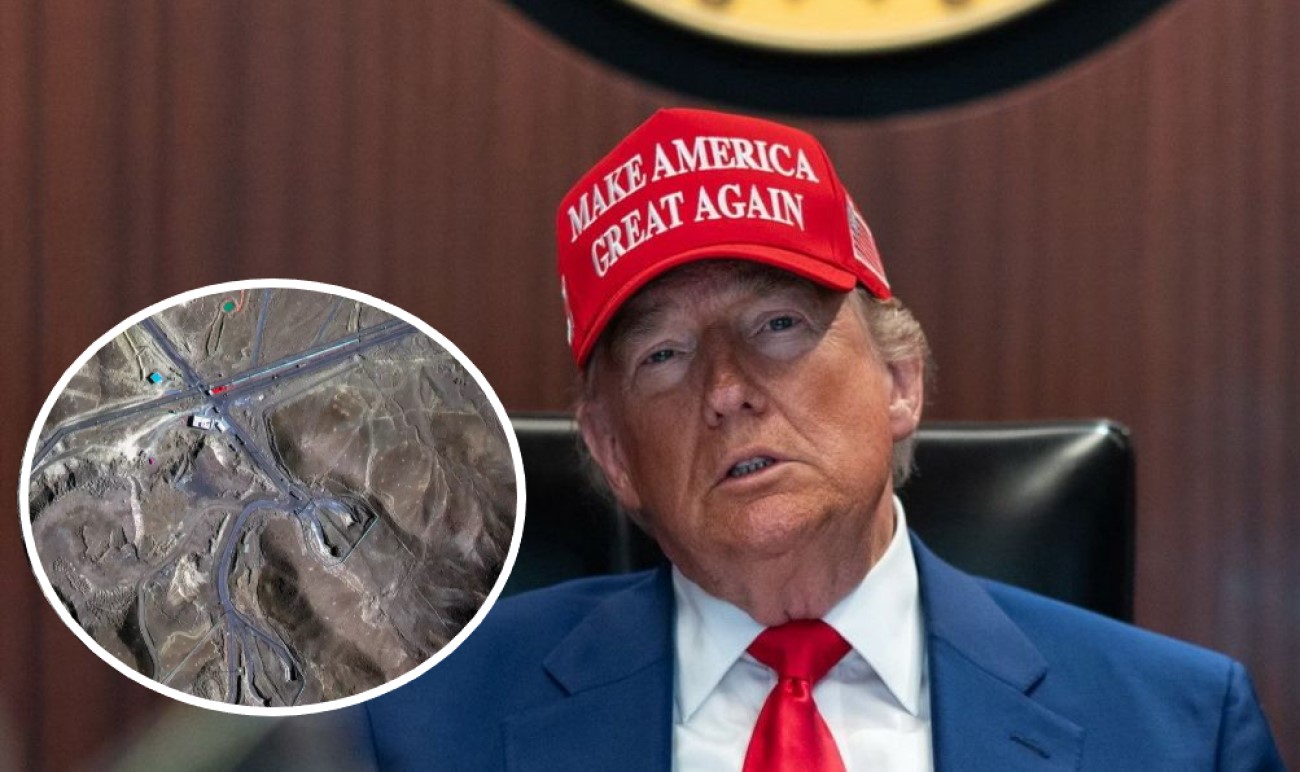In a world defined by rapid information cycles and geopolitical tension, few developments provoke as much immediate global concern as high-stakes military action targeting nuclear facilities. When tensions between nations erupt into strategic strikes, the consequences resonate far beyond the physical blast radius. Recent events in the Middle East have once again thrust this reality into stark focus, as one of the most delicate regions in the world faces heightened instability.
The Events That Shook the Region
While the details were initially scarce, it soon became evident that a major international decision had been executed. The United States, under the direction of President Donald Trump, launched a targeted bombing campaign against three key nuclear sites in Iran. This move followed a chain of escalating attacks that began with an Israeli missile strike earlier in the month. In response, Iran fired back, leading to what international analysts now describe as one of the most serious escalations in the region in recent years.
The U.S. strikes targeted nuclear facilities in Fordow, Natanz, and Isfahan—each of which holds strategic significance within Iran’s nuclear development infrastructure. Following the attacks, satellite imagery released by Maxar Technologies offered a chilling look at the aftermath, highlighting extensive damage at each location.
Fordow: A Mountain-Fortified Nuclear Facility
Fordow is not just any site on Iran’s nuclear map. Carved into the side of a mountain, it has long been considered one of the country’s most heavily fortified nuclear locations. Satellite images taken before the bombing showed a relatively calm and orderly layout: a network of roads leading into a modest cluster of buildings nestled in a mountainous region.
But the appearance was deceptive. Beneath the surface, the facility housed uranium enrichment centrifuges used to refine uranium-235, a key component in nuclear weaponry. These centrifuges were buried between 80 and 90 meters below ground, making Fordow a particularly challenging target.
Following Trump’s June 21 announcement of the strike, updated imagery revealed a drastically altered landscape. Though surface structures appeared mostly intact, grey ash and dark craters suggested the use of precision-guided munitions capable of penetrating fortified underground chambers. At least six distinct impact craters could be seen in the vicinity of the facility.
David Albright, president of the Institute for Science and International Security, described the extent of the destruction: “A considerable amount of damage has likely occurred, especially in the underground enrichment halls and the adjacent support areas. Total destruction of these underground elements is quite possible.”
Weapons specialist N.R. Jenzen-Jones added that the crater patterns, particularly the central entry holes, matched what would be expected from bunker-buster munitions.
Natanz: Target of Previous Attacks, Now Hit Again
Unlike Fordow, the Natanz nuclear facility is a combination of above-ground buildings and underground bunkers. This site had already been attacked by Israel in mid-June, which damaged several surface-level structures.
The U.S. strikes appeared to focus more directly on the underground components. Maxar’s images showed several dark patches—presumed to be fresh bomb craters—aligned over areas where the facility’s subterranean structures are believed to exist. Though less visually dramatic than the Fordow site due to Natanz’s sprawling layout, the changes to the terrain suggest damage to some of the more crucial underground components of Iran’s enrichment program.
Crucially, the underground bunkers at Natanz are central to Iran’s ability to enrich uranium to high levels. By striking above these locations, the U.S. may have disrupted operations that would be central to any future nuclear weapons development.
Isfahan: Iran’s Largest Nuclear Research Complex
Of the three sites, Isfahan is perhaps the most publicly prominent. As Iran’s largest nuclear research complex, it is both expansive and technologically diverse. Established in the 1980s, Isfahan contains multiple research laboratories, storage facilities, and a major uranium conversion facility—essential for turning natural uranium into uranium hexafluoride, the form required for centrifuge enrichment.
Before

Images from June 16 show the facility prior to the U.S. attack, appearing functional and orderly. Multiple rectangular buildings formed a neatly gridded compound, with surrounding roads and infrastructure intact.
After the strike, the images told a different story. On June 22, satellite imagery showed several buildings either heavily damaged or reduced to rubble. A grey film of ash seemed to cover portions of the facility, suggesting the intensity of the strike.
The Institute for Science and International Security published a report confirming “extensive damage” at Isfahan, noting that the entrances to tunnels had been filled in with earth, possibly as a means to contain potential explosions or hazardous material leaks.
David Albright further explained that the Isfahan strike likely aimed to disrupt Iran’s uranium conversion process, which is an essential early step in producing weapons-grade material.
After

The Strategic Significance of the Strikes
Each of the three sites serves a different but critical role in Iran’s nuclear program:
- Fordow: Specializes in high-level uranium enrichment deep underground, critical for creating weapons-grade material.
- Natanz: The main production hub for enriching uranium on a large scale, with robust underground defenses.
- Isfahan: Iran’s primary facility for converting raw uranium into forms usable for enrichment.
Taken together, the coordinated strike on all three sends a powerful message: the U.S. aimed not just to send a warning, but to paralyze Iran’s nuclear infrastructure across its supply chain.
President Trump stated in a follow-up post on Truth Social: “Monumental Damage was done to all Nuclear sites in Iran, as shown by satellite images. Obliteration is an accurate term!”
Fallout and Repercussions: Political and Diplomatic
The military dimension of these strikes is only one part of the larger picture. Geopolitically, the bombings immediately drew international attention. Russian President Vladimir Putin condemned the strikes as “unprovoked aggression,” while Iran vowed retaliation under international law.
The timing of the attacks, coming on the heels of Israeli airstrikes and following escalating rhetoric from all sides, suggests a broader regional power struggle. Iran, Israel, and now the United States are locked in a dangerous cycle of military action and counteraction.
Iranian Foreign Minister Abbas Araghchi traveled to Moscow in the aftermath, where he met with Putin to secure diplomatic support. Russia’s vow to stand with Iran marks a concerning shift in the broader geopolitical alignment of powers.
Expert Analysis: The Tactical Execution
Munitions expert N.R. Jenzen-Jones emphasized that the craters and patterns seen in the satellite images align with the use of specialized munitions designed to attack buried infrastructure. These weapons, often guided by satellite technology and equipped with earth-penetrating capabilities, are some of the most advanced in the U.S. arsenal.
Such precision suggests a carefully planned operation, designed not only to damage the sites but also to minimize risk to civilians and surrounding infrastructure. However, the strikes also risk releasing radioactive or chemically hazardous materials if containment fails.
Global Reactions and Domestic Debate
Reactions to the strikes have varied widely. International observers expressed concern over the potential for escalation into a full-scale war. Domestically, American lawmakers are divided over whether the strikes were authorized appropriately and whether they serve long-term strategic interests.
Environmental and nonproliferation watchdogs worry that the destruction of these facilities could backfire, prompting Iran to redouble its efforts in more secretive and less monitorable ways.
At the same time, supporters argue that the strikes have significantly set back Iran’s nuclear capabilities, delaying any potential path to a bomb.
What Happens Next?
Much now depends on Iran’s response. Will it retaliate militarily, risking a broader regional war? Or will it seek support from global allies and international institutions to diplomatically counter the U.S. and Israel?
The coming weeks are likely to involve a flurry of activity at the United Nations, possible new sanctions, and intensified surveillance across the region.
Conclusion: A World on Edge
The satellite images may show damaged buildings, scorched earth, and filled-in tunnel entrances. But what they cannot fully capture is the tension, uncertainty, and global instability that such military actions provoke.
For now, the world watches and waits. The aftershocks of this operation have already begun to ripple through diplomatic channels, defense ministries, and public consciousness worldwide.
What began as a calculated military action has become a defining episode in the modern story of nuclear diplomacy and global security.

